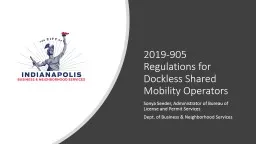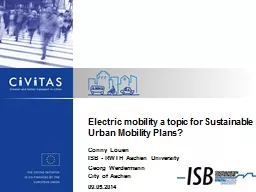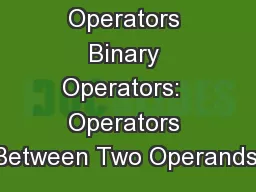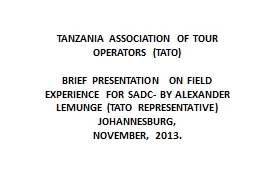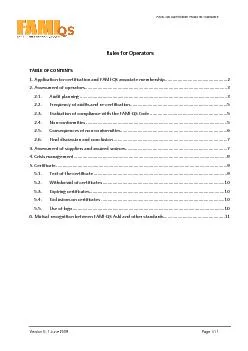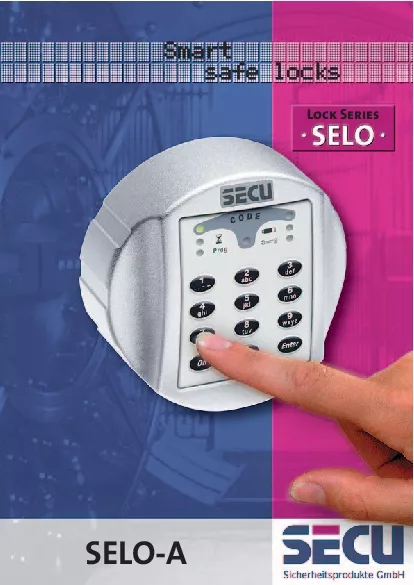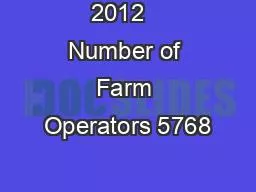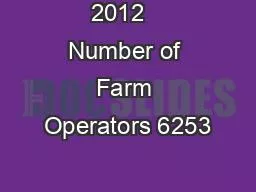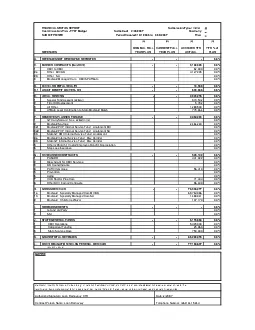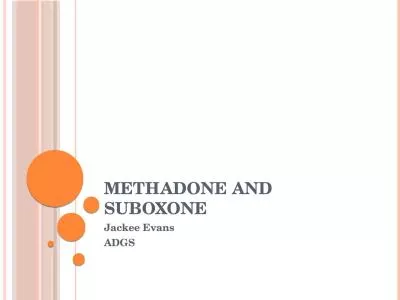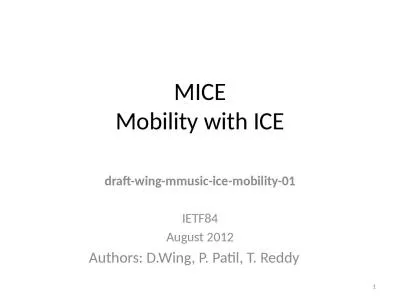PPT-2019-905 Regulations for Dockless Shared Mobility Operators
Author : stingraycartier | Published Date : 2020-06-26
Sonya Seeder Administrator of Bureau of License and Permit Services Dept of Business amp Neighborhood Services Meeting Structure Shared Mobility Operator License
Presentation Embed Code
Download Presentation
Download Presentation The PPT/PDF document "2019-905 Regulations for Dockless Shared..." is the property of its rightful owner. Permission is granted to download and print the materials on this website for personal, non-commercial use only, and to display it on your personal computer provided you do not modify the materials and that you retain all copyright notices contained in the materials. By downloading content from our website, you accept the terms of this agreement.
2019-905 Regulations for Dockless Shared Mobility Operators: Transcript
Download Rules Of Document
"2019-905 Regulations for Dockless Shared Mobility Operators"The content belongs to its owner. You may download and print it for personal use, without modification, and keep all copyright notices. By downloading, you agree to these terms.
Related Documents

